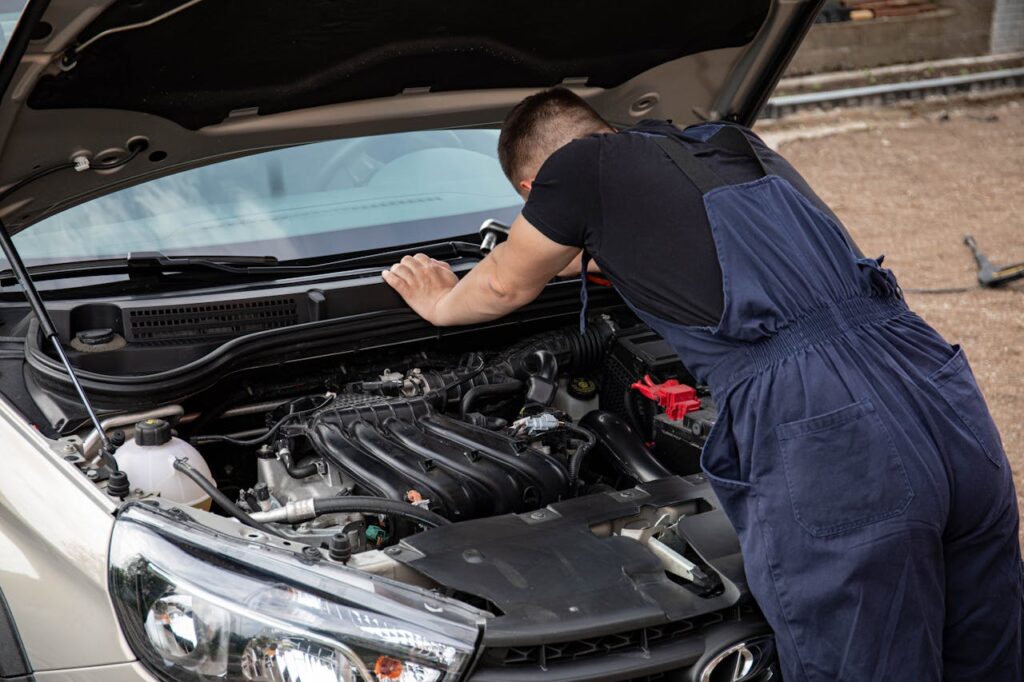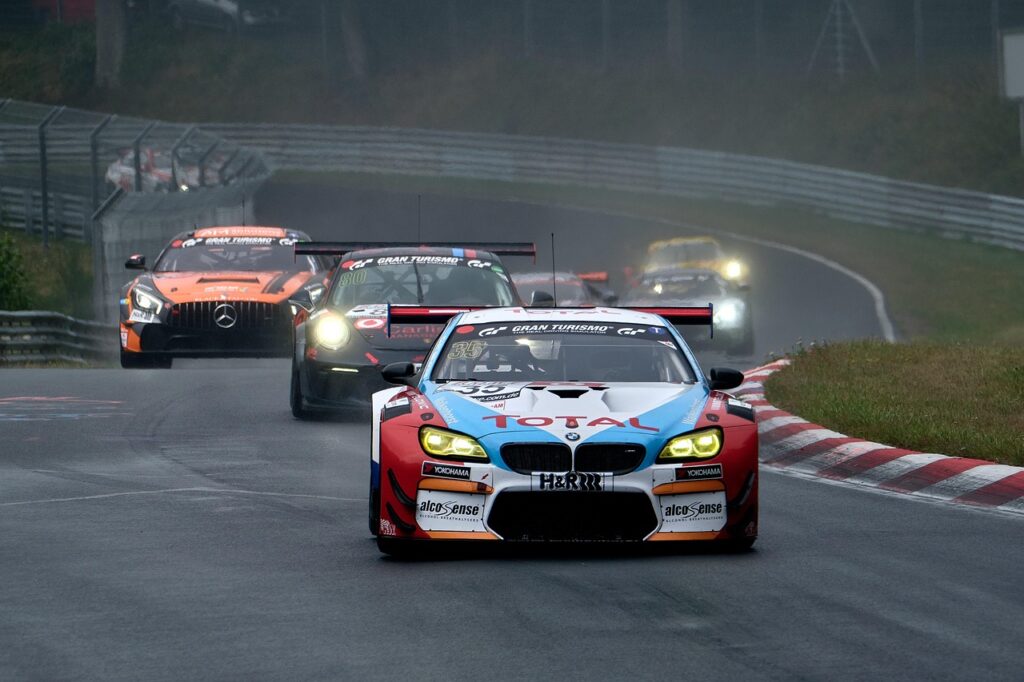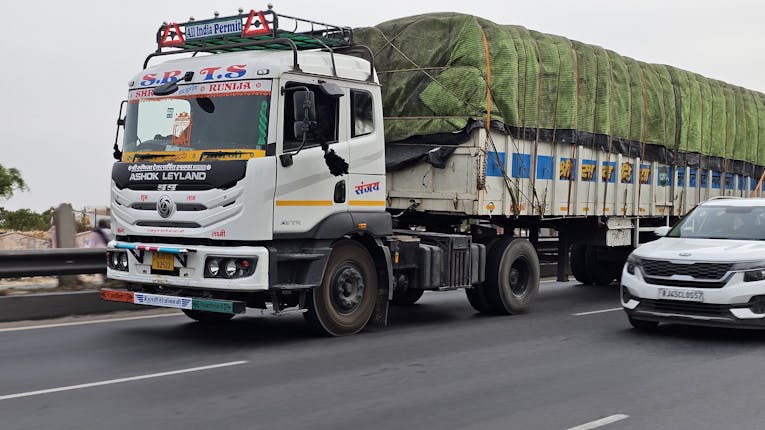In an automotive industry, we often hear about the various terms of a car like Bhp, Nm, externals like spoiler, monocoque chassis, double wish bone suspension or even ORVMS. However rarely do we try to understand the meaning of all this and just go along with the flow of the article. Some might even seem it to be a shame to ask others about the meaning of all these terms, fearing that they would be ridiculed or rebuked for their lack of knowledge. We don’t think so and we still go by the old adage “Knowledge is meant to be spread and not closeted”. So keeping in mind the requirement of our readers, we have given the meaning of some of the commonly used terms in the automotive field. Next time be ready to flaunt your automotive knowledge in front of your peers.
Odometer:
The automotive world usually refers to it as odo for short. This is part of the instrument cluster and may be digital in nature like the Honda Civic or analogue like the Skoda Laura. The lowest distance set on it is 100 meters. The needles above them show you your current speed whereas the odometer tells you the distance covered. There is also a sub part of the odometer in most vehicles and it is known as the tripmeter. This can be reset from time to time to check the distance covered between point A to point B. The digital or analogue odometer usually cannot be reset unless some one tries to tamper with it.
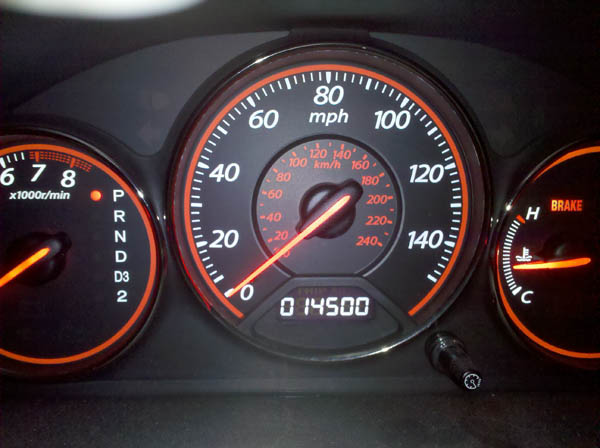
Monocoque Chassis:
This is used to describe the chassis or the frame on which a car is built. Monocoque chassis means that the frame of the car as well as the body are fused together to form a single unit usually made of pressed metals like steel or aluminium or even in some cases, carbon fibre {usually used in sports or race cars}. The doors, boot, windscreen and the bonnet don’t form part of the Monocoque chassis though.
ORVM:
This is the short form for Outside Rear View Mirror. They are also referred to as Side View Mirrors. On cars, they are usually present as an ear-like extension next to the front door A-pillar. In some SUVs, for a sporty appeal, they are even placed on the bonnet. ORVMs reflect the images from behind the car but only on the side on which they are placed. They are usually made of convex materials to enhance the area under reflection. This reduces the image size and hence makes them appear farther than which they really are. This is the reason why many of the mirrors have the warning written on them that objects in the mirrors are closer than they appear. ORVMs do a great job of helping the driver change lanes, avoiding accidents, turning or even parking.
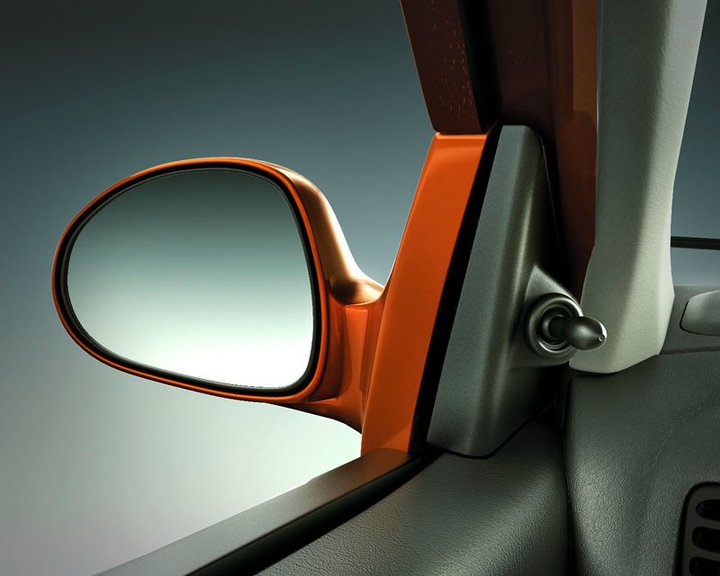
Spoiler:
A spoiler is an elevated bridge like structure which has a horizontal connecting blade. It is usually placed on the car’s boot, below the bumper in front or even sometimes on the rear roof. A spoiler is an aerodynamic enhancement used to improve the aerodynamic characteristics of a car. The spoiler is aerodynamically designed to divert the air flow over the car or under it {based on the spoiler’s placement}. It does the job of cutting through air and making the car more dynamic by reducing air drag.
Double Wish bone suspension:
If the car features independent suspension, then it should be made of Double Wish bone.The wish bone or an A-arm is a V-shaped horizontal linkage between the chassis and the wheel. Attached to the car’s chassis is the two wide ends of the wish bone whereas the point of their union connects the wheel and axle joint. The double wish bone system has two wish bones, one above the other, with the lower one connected to the suspension springs and shock absorbers. This kind of set up allows for better control of the car with the suspension travel.
Bevel gear:
This is a term you usually don’t come across however we would still prefer to explain it. Bevel gears are used to transfer motion at an angle. It is so constructed that it can change the direction of rotation between the shafts or the connected bodies. Car differentials use these to transfer the engine’s power and torque to the final chain.
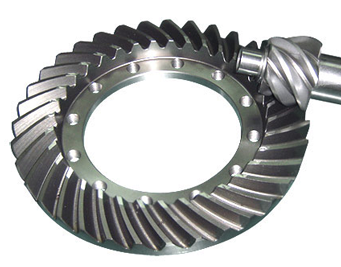
Powertrain:
Powertrain means the combination of engine, transmission, drive shaft differential and the final drive wheel. It refers to series of linkages that transmit the engine’s power to the ground.
Anti- Freeze:
This is used to stop the water coolant inside the car’s engine bay from freezing. Usually used in sub-zero temperature zones, it is a liquid solution added to the engine’s cooling system.
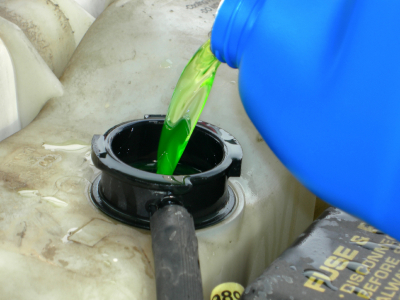
Radiator:
Radiator is usually present under the bonnet or boot of a car depending on the engine location. This is an assembly of honeycomb fans through which the engine coolants pass through and it dissipates the engine heat through its channels.
Transmission:
This is referred to as gear. It is used to put the vehicle in motion. As you increase the number of gears, the car would usually be propelled to higher speeds depending on the accelerator use. It may be manual, meaning that you have to slot gears manually with your hands or it can be automatic, meaning that the electronics would do the gear shifting for you. Modern day cars are even equipped with both manual as well as automatic gear systems. This gives you the ease of not shifting gears yourself or if you are in the mood for some fun, you can even manually shift the gears. There are paddle shifts given behind the wheel of the car for manual shifting.
